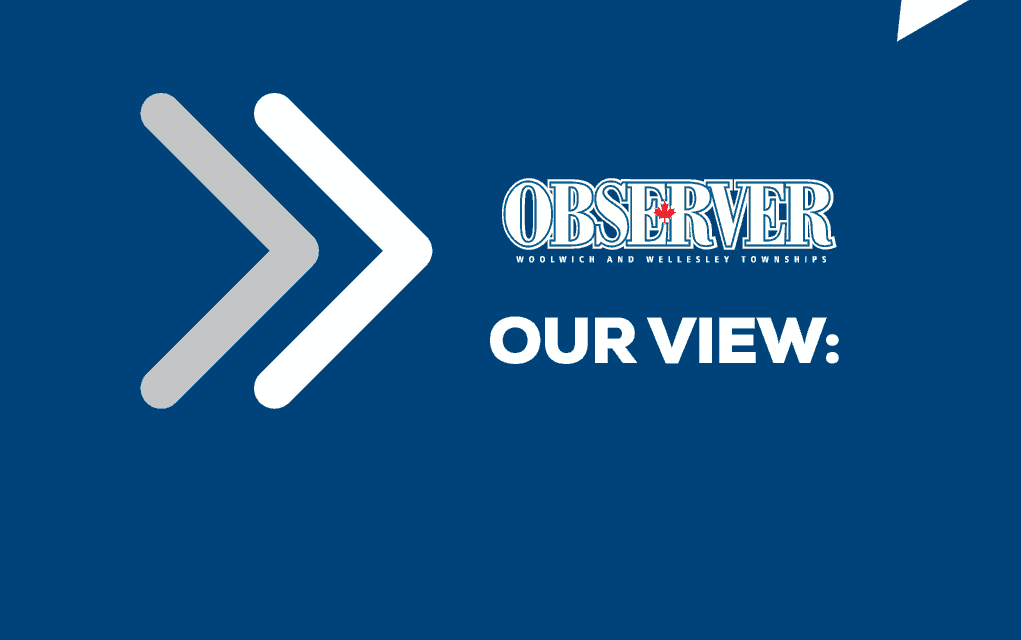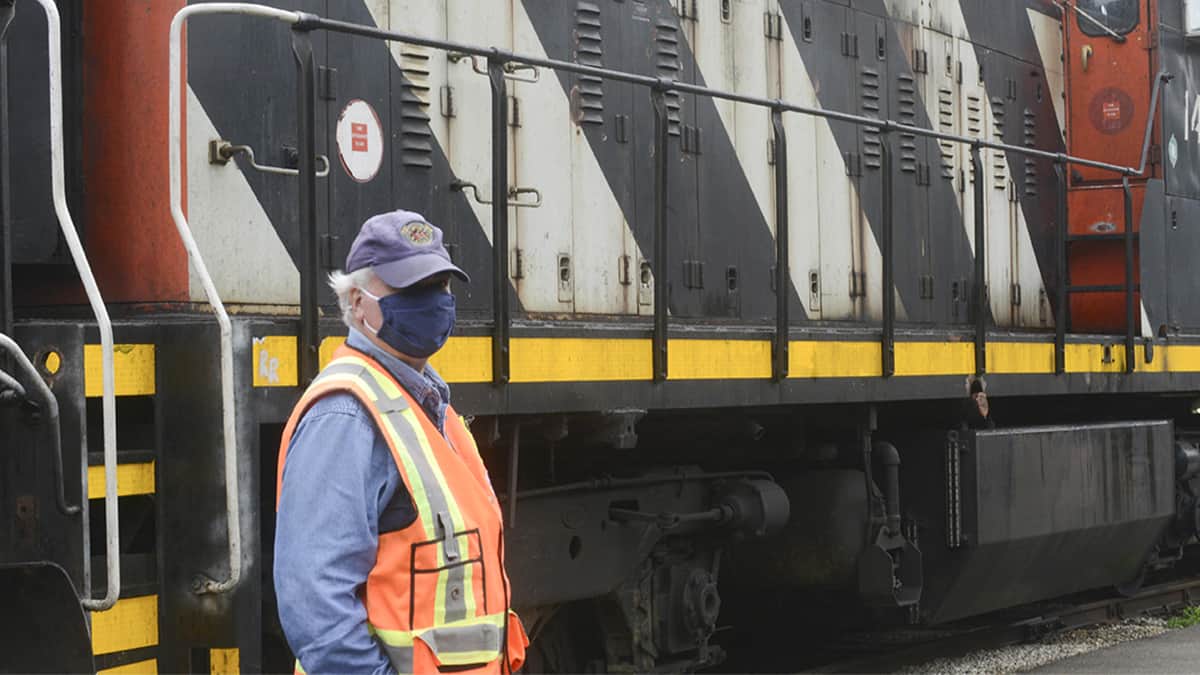The Ontario government’s promise of two-way, all-day GO Train service is closer to becoming a reality as the province takes the next steps in the project.
The province last week released a preliminary design business case for Kitchener GO Rail service expansion. That comes as the agency responsible for GO Transit, Metrolinx, issued a request for quotation (RFQ) for improved infrastructure between Georgetown and Kitchener. This RFQ package includes infrastructure improvements at Acton GO station and Guelph central station, which will help enable two-way train service, new maintenance of tracks, and other track upgrades that will allow for higher train speeds.
The latest moves in the long-discussed project were announced last Friday by Transportation Minister Caroline Mulroney alongside Kitchener-Conestoga MPP Mike Harris and other dignitaries. The GO train system is set to improve in the Kitchener-Waterloo area over the next few years as the expansion rolls out.
“We’re building a safe and reliable transit network that makes life easier and supports a strong economy by connecting people across the Greater Golden Horseshoe and beyond. Today’s release of the preliminary design business case for Kitchener GO rail expansion highlights the project’s benefits. And our request for qualifications package includes infrastructure improvements to act and go station and well central station, new maintenance of tracks and other track upgrades to allow for higher train speeds. This brings us one step closer to delivering two-way, all-day GO rail service to the communities and businesses along the Kitchener line,” said Mulroney.
The business case highlights significant travel time savings for riders, with service every 15 minutes on core segments. Projections show that the Kitchener line will generate up to 39,000 jobs and estimates 54,000 residents living within a 10-minute walk of a station with two-way, all-day service.
This line is also the core of the “Toronto-Waterloo Innovation corridor” a technology hub that could see growth of 170,000 jobs. The estimated travel time between Kitchener GO station and Union Station is expected to clock in at 90 minutes, down from the current 111 minutes.
Looking towards the future of transit in Ontario, Harris says the people of the region are ready for more service and reduced wait times.
“As we look ahead to Ontario’s future, more and more people will take advantage of GO service here in Waterloo Region and, of course, across the GTA. … Every minister who has visited this region, or has talked to myself or other people on the call here today, knows that this community is absolutely ready for less wait times and more flexible service,” said Harris. “With that, I’m proud to be part of government that is making great strides to improve people’s travel experience through better infrastructure that will help shorten commute times [and] relieve congestion so people can spend more time doing what matters most to them. As the minister said, it’s really important, especially in this day and age, and today’s announcement, of course, is another great milestone towards improving public transit.”
By 2031, estimates show that 2.3 million people and 1.4 million jobs will be located within five minutes of an existing GO station along the Kitchener line. Service is forecasted to bring in between 10.9 million and 11 million annual boardings, while reducing vehicle kilometres travelled annually by 16.2 million.









